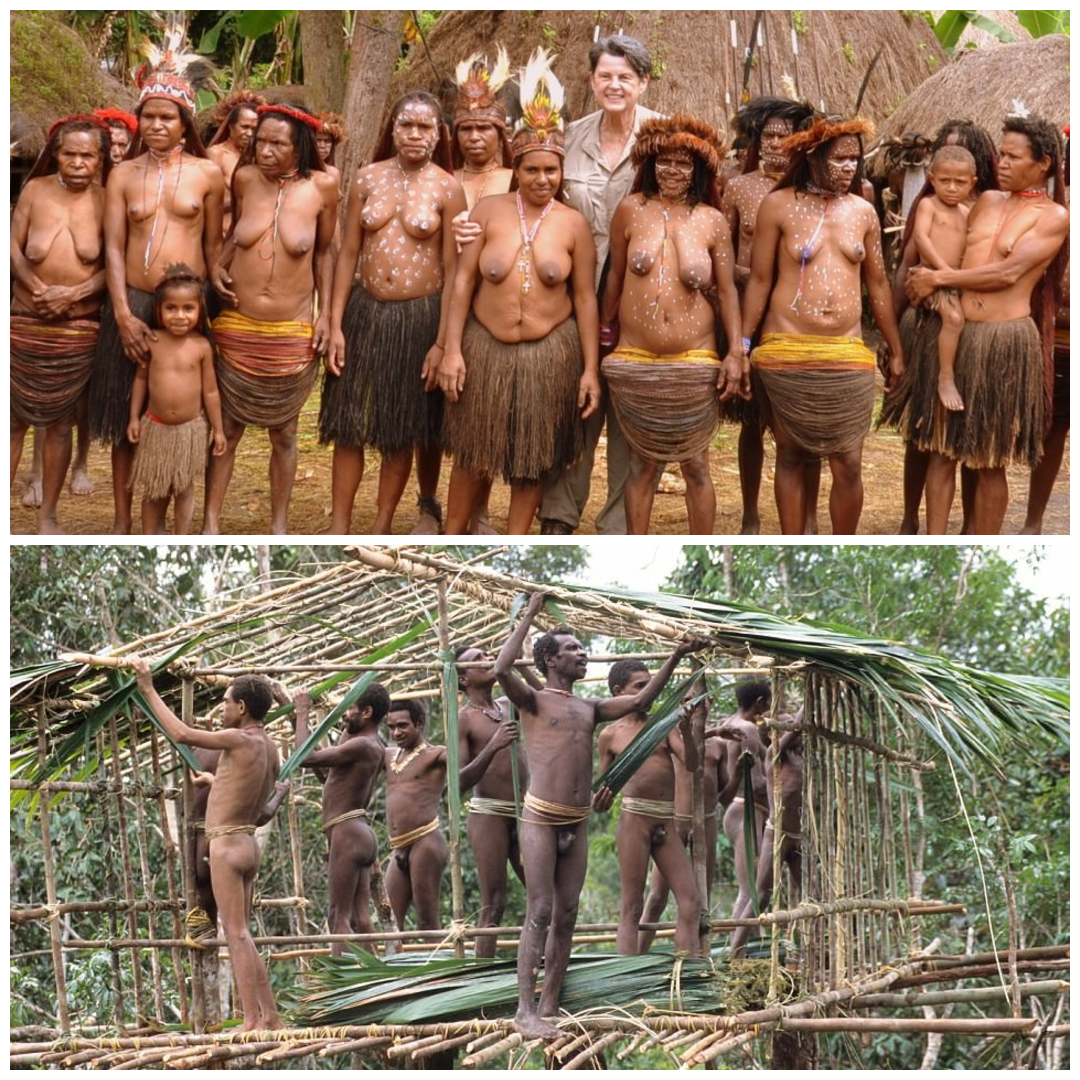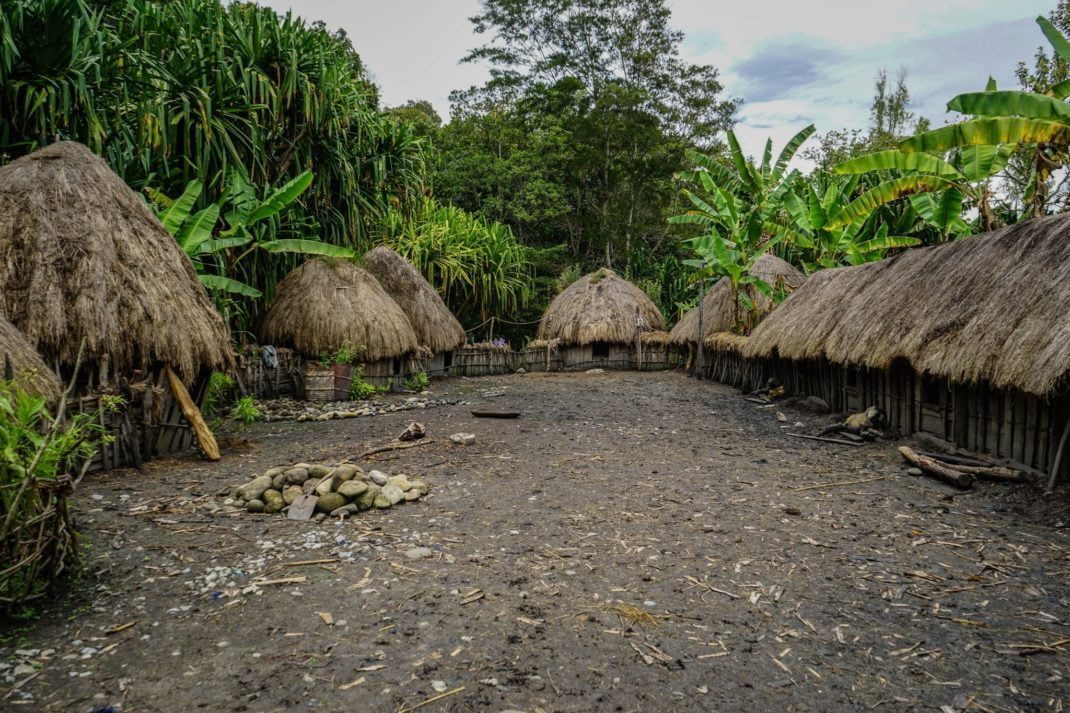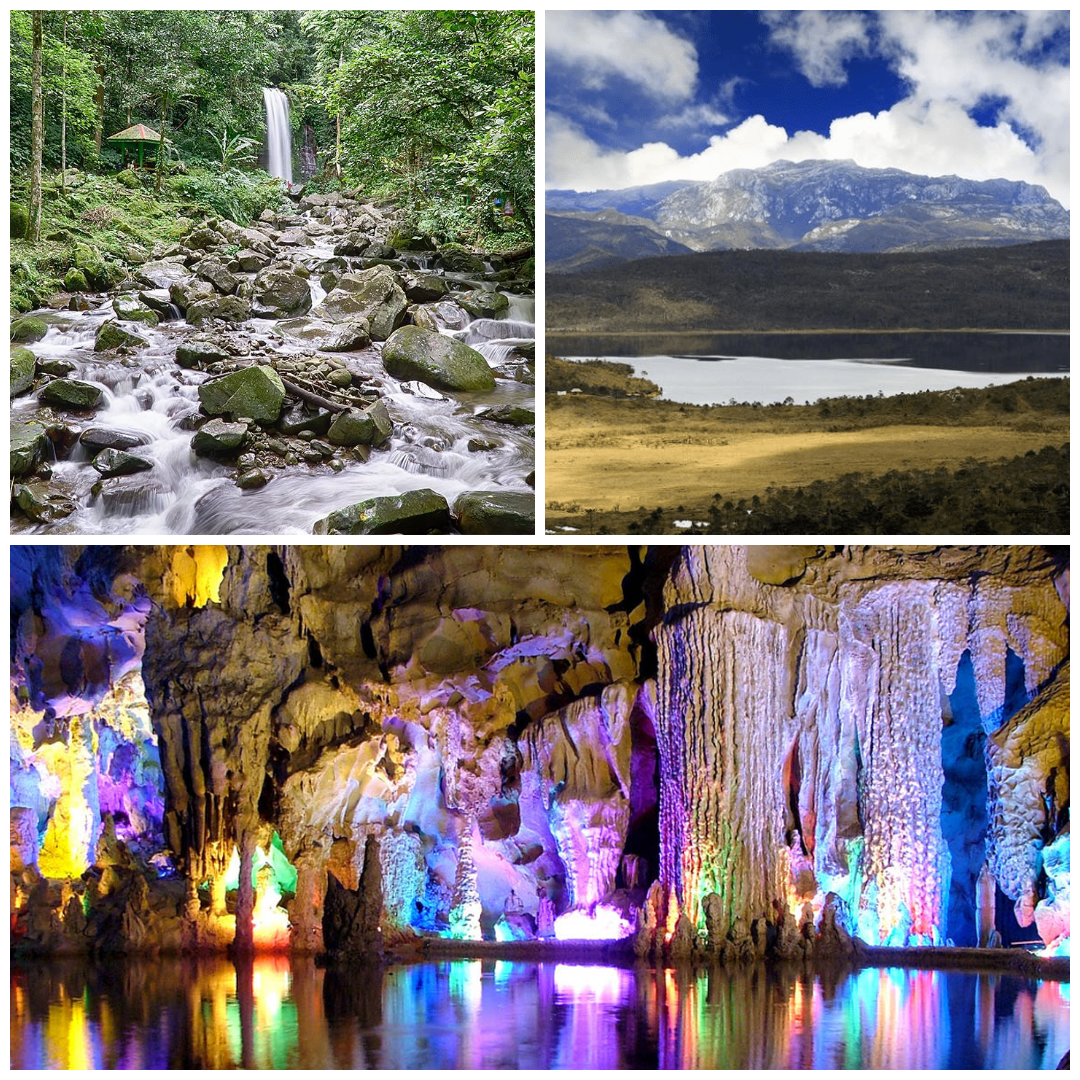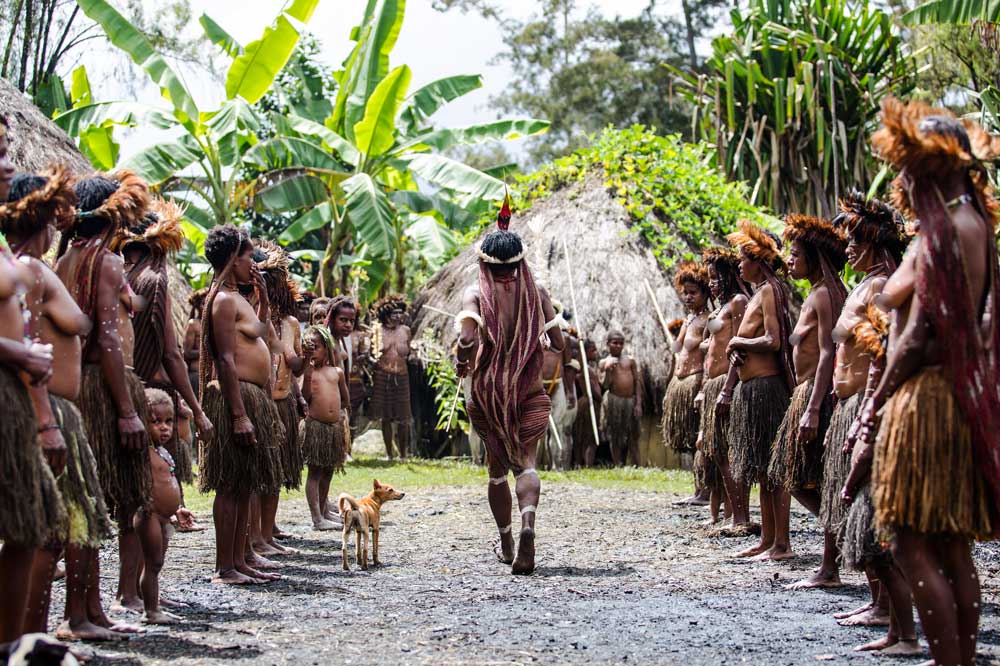Baliem Valley - The Complete Guide To Papua’s Hidden Gem
Baliem Valley is one of Papua’s last frontiers, where cultural traditions are still strong, and the landscape is as rugged as it is beautiful. Here's what you need to know before you go.
Author:Maya ReyesReviewer:Finn WildeJan 05, 202535 Shares34.6K Views
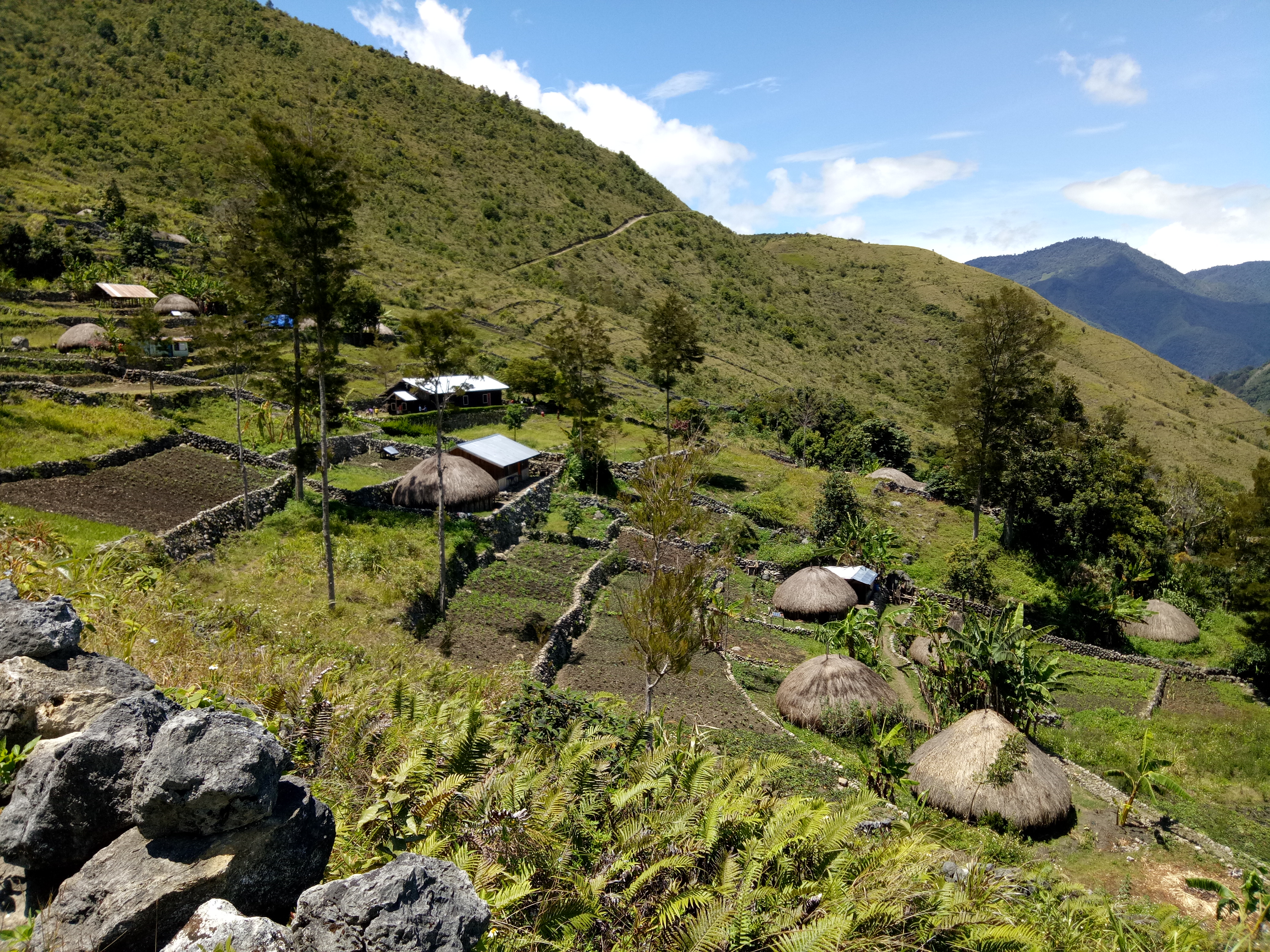
The Baliem Valley is located in the central highlands of Papua, Indonesia. It's one of the last remaining unspoiled paradises. The valley is home to the Dani Tribe. They follow ancient traditions. The landscapes are breathtaking.
The location is remote and beautiful. Baliem Valley is ideal for travelers seeking adventure. Here, you can learn about nature and culture. It's a hidden gem for those seeking something unique. Enjoy unforgettable memories in the valley.
Exploring The Baliem Valley
A Brief History
The Baliem Valley's history began with Richard Archbold's 1938 discovery. The explorer discovered a thriving population in Papua's uncharted highlands, defying previous assumptions about the area.
In 1945, a US Army plane made an emergency landing in the valley, connecting it to the outside world. Tourism grew over time, and the Baliem Valley Festival evolved into an annual event that celebrated local culture around the world.
Geography And Topography
The Baliem Valley, located in Papua's Central Highlands, is approximately 80 kilometers long and 20 kilometers wide. At an elevation of 1,600-1,700 meters, the climate is temperate.
The Jayawijaya Mountains, which include Puncak Jaya, dominate the landscape. The Baliem River, which is essential to local life, flows through lush valleys, shaping both the landscape and the community.
“Shangri-La”
The valley’s serene beauty and remote location have led many to refer to it as "Shangri-La," an idyllic, unspoiled paradise where life remains simple and untouched by modernity. For many travelers, visiting the Baliem Valley feels like stepping into a living postcard, where the natural environment seems suspended in time.
The People Of The Baliem Valley
The Dani Tribe: A Closer Look.
The Dani are Baliem Valley's most well-known residents. Their distinct culture and traditions attract international attention.
To gain a deeper understanding of their daily life and rich traditions, watch this immersive video that showcases the Dani people and their culture:

Meeting The Dani Tribe West Papua
Social Structure And Community Life
Dani society is patriarchal, with clan systems and elders exercising authority. The honai, a traditional thatched hut, serves as the center of daily life, as do communal spaces for rituals and social gatherings.
Daily Life And Agriculture
Agriculture is essential to the Dani. They practice slash-and-burn farming, which involves clearing land to grow crops such as sweet potatoes and taro. Their strong connection to the land is reflected in their sustainable practices.
The Significance Of Pigs
Pigs are essential to Dani society. Aside from livestock, they represent wealth and status, and are frequently exchanged as gifts or used in dowry. Pigs are central to ceremonial feasts, which strengthen social and economic bonds.
Cultural Practices
The Dani are known for their vibrant festivals, particularly the pig festivals. These events celebrate life through feasts, dances, music, and rituals that strengthen community bonds and highlight cultural heritage.
Traditional Attire
Dani men traditionally wear kotekas, hollowed gourds, and women wear skirts made of bark or orchid fibers. Their attire is completed with jewelry made of shells, bones, seeds, and bird feathers, which emphasizes their distinct identity.
Other Tribes In The Baliem Valley
The Yali, Mek, and Nduga tribes live alongside the Dani in the Baliem Valley. Each tribe contributes to the region's rich cultural diversity by preserving its own traditions and languages.
Life In The Baliem Valley: Then Vs. Now
Life in the Baliem Valley has evolved over time, but many traditions persist. In the past, the Dani lived in relative isolation, with villages built around a central men’s house and surrounded by protective fences.
Today, while modern elements have entered Dani life, many still adhere to their traditional ways. The rise of tourism, however, has made some villages more accessible, and the locals’ relationship with the outside world has deepened.
Many Dani people still live in simple homes made from natural materials, with pig farming playing a central role in their economic structure. The arrival of modern amenities, such as electricity and internet, has been slow but noticeable in some areas, particularly in Wamena.
However, much of the valley remains as it was centuries ago, with cultural practices and rituals largely intact.
Exploring The Baliem Valley
Adventure Activities
The Baliem Valley offers a diverse range of activities for adventurous travelers:
Outdoor Adventures
- Hiking and Trekking:Embark on challenging treks like the Jiwika Grandik Trek or the Baliem Grand Valley Trek, offering breathtaking views of the surrounding mountains and valleys. Remember to hire local guides for safety and to gain deeper insights into the local culture.
- White-Water Rafting:For the adventurous, the Baliem River offers exciting white-water rafting opportunities.
Cultural Experiences
- Village Visits:Immerse yourself in local life by visiting traditional villages. Interact with the friendly Dani people, observe their daily routines, and learn about their customs and traditions. Always remember to seek permission before entering villages and to respect local customs and traditions.
- Local Markets:Explore the vibrant local markets in Wamena, where you can find a colorful array of handicrafts, souvenirs, fresh produce, and local delicacies.
- Cultural Performances:Witnessing traditional dances, music, and ceremonies provides a deeper understanding of the rich cultural heritage of the Baliem Valley.
Key Landmarks
- Lake Habema:Visit Lake Habema, the highest lake in Indonesia, offering stunning views of the surrounding mountains.
- Mbua Waterfall:Experience the cascading beauty of the Mbua Waterfall.
- Kotilola Cave:Explore the depths of Kotilola Cave, a fascinating natural wonder.
- Mummy of Akima and Mummy of Jiwika:Visit these historical sites and learn about the unique preservation techniques of the Dani people.
Baliem Valley Festivals And Feasts
Pig Festivals
The Dani are famous for their grand pig festivals, key to their culture. These festivals feature the slaughter of many pigs, which are cooked in an underground pit for hours.
The feasts celebrate important events like weddings, funerals, and community gatherings. For tourists, these festivals offer a unique look into the Dani culture, where you can see rituals and communal bonding firsthand.
The Baliem Valley Festival
The Baliem Valley Festival is a major event showcasing the region's diverse tribes. You don't need to trek deep into the hinterlands to experience these cultures.
During the festival, you will see moments worth capturing, such as tribesmen in traditional regalia paired with trendy sunglasses. It’s a fascinating blend of old and new.
One of the highlights is the mock war. Participants battle with spears and arrows, getting closer to their targets as the crowd cheers. Each year, participants improve, making the battle more thrilling.
Other Celebrations
Alongside the Baliem Valley Festival, smaller events are held throughout the year. These celebrations bring the Dani together to honor their traditions and ancestors.
Some villages also hold special pig feasts for tourists, offering an authentic experience while helping the local economy.
Post-Festival Exploration
After the festival, visit the Dani Market in Wamena for crafts and produce. A short drive from Wamena takes you to Wauma Village. For a more adventurous experience, hike for two hours to reach the salt springs of Aikima, where Dani women have made salt for centuries.
Don’t miss the 250-year-old mummified village chief in Aikima, a fascinating historical site.
When To Visit The Baliem Valley
The best time to visit the Baliem Valley is during the dry season, which runs from May to October. During this period, the weather is more predictable, making it easier to access remote areas and enjoy outdoor activities.
The temperate climate at this altitude makes it comfortable for trekking and exploring, without the extreme heat or humidity typical of lowland regions.
While the rainy season (November to April) brings lush greenery to the valley, it can also cause flooding and make travelmore difficult. For those seeking an authentic experience without the crowds, the shoulder seasons (April and November) can be a good time to visit.
Travel Tips For The Baliem Valley
Getting There
The most convenient way to reach the Baliem Valley is by flying to Wamena Airport (WMX). Several airlines, including Wings Air and Trigana Air, offer flights from Jayapura to Wamena.
Transportation Within The Valley
Transportation within the valley can be challenging. Options include renting cars, utilizing public buses (Bemos), or hiring private vehicles. However, be aware that road conditions can vary, and some areas may be more accessible than others.
Accommodation
Accommodation options range from basic homestays, offering a truly immersive cultural experience, to more comfortable guesthouses and hotels in Wamena. The Baliem Valley Resort provides a unique blend of traditional and modern accommodations, offering a glimpse into local culture while enjoying modern amenities.
To get a glimpse of what it offers, watch this short video tour:
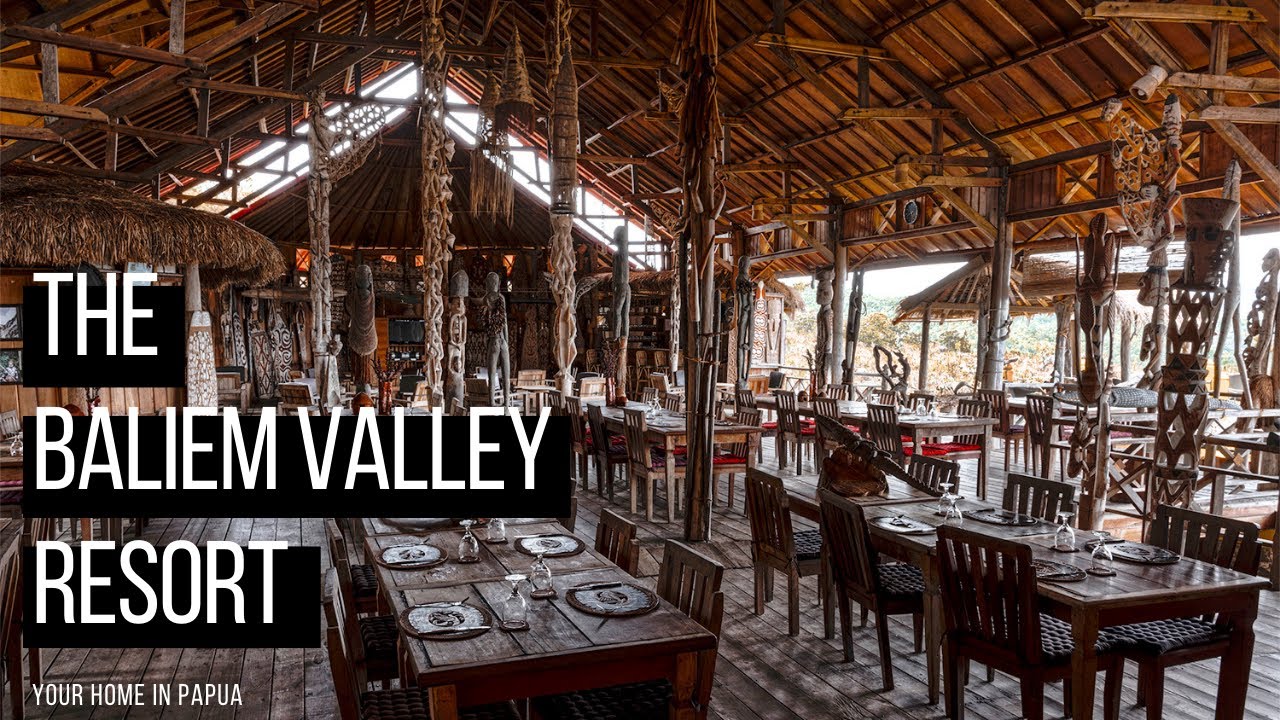
The Baliem Valley Resort in 90 seconds
What To Pack
Pack for the highland climate:
- Comfortable hiking shoes
- Insect repellent
- Sunscreen
- Rain gear
- Warm layers for cooler evenings
- A first-aid kit
- A hat and sunglasses
Respecting Local Customs
Dress modestly when visiting villages. Always ask permission before taking photos. Learn a few basic phrases in the local language, such as "good morning," "thank you," and "please," to enhance your interactions with the locals. Support local businesses and engage in responsible tourism.
Food And Drink
Enjoy local delicacies and experience the flavors of the Baliem Valley. Be mindful of water safety and ensure that you drink only bottled water or boiled water. Alcohol is not readily available in the region.
Budgeting For Your Trip
Factor in costs for flights, accommodation, transportation, food, activities, and any necessary permits or entrance fees.
Health And Safety
Consult a travel doctor before your trip to discuss necessary vaccinations and any potential health concerns, such as altitude sickness. Be mindful of your surroundings and take necessary precautions for your safety.
Sustainability And Responsible Tourism
Responsible tourism is crucial in the Baliem Valley. By supporting local communities, minimizing our environmental impact, and respecting local customs, we can ensure that the unique culture and natural beauty of this region are preserved for generations to come.
- Support Local Businesses:Patronize local markets, eat at local restaurants, and consider staying in homestays to support the local economy.
- Minimize Environmental Impact:Practice responsible waste disposal, avoid littering, and minimize your carbon footprint.
- Engage with Local Communities:Learn about their customs and traditions, and respect their wishes and boundaries.
- Choose Eco-Friendly Options:Consider utilizing eco-friendly transportation and supporting local initiatives focused on environmental conservation.
FAQs
What Is The Best Time To Visit The Baliem Valley?
The dry season, from April to October, generally offers the most pleasant weather for travel.
How Do I Get To The Baliem Valley?
The most common way to reach the Baliem Valley is by flying to Wamena Airport (WMX) from Jayapura. Several airlines, including Wings Air and Trigana Air, offer flights on this route.
What Are The Main Tribes In The Baliem Valley?
The main tribes include the Dani, Yali, Mek, and Nduga tribes.
What Are Some Of The Things I Can Do In The Baliem Valley?
Popular activities include hiking, trekking, visiting villages, exploring local markets, attending cultural performances, and white-water rafting.
What Is The Currency Used In The Baliem Valley?
The Indonesian Rupiah.
Conclusion
The Baliem Valley remains one of the last frontiers for authentic cultural experiences and breathtaking natural beauty. Whether you're a nature lover, an adventure enthusiast, or a culture seeker, this hidden paradise offers something for everyone.
Don’t miss the chance to explore this extraordinary region-pack your bags and prepare for an adventure you’ll never forget.

Maya Reyes
Author
Maya Reyes’s wanderlust was sparked in the temples of Luang Prabang, where the scent of lemongrass and the chants of monks revealed the transformative power of travel.
Since then, her journey has been defined by cultural immersion and authentic connections. From learning batik in Indonesia to sharing meals with nomadic families in Mongolia, Maya seeks experiences that highlight the human stories behind each destination.
Travel for her is a way to weave her narrative into the world’s cultural tapestry, creating bridges across diverse ways of life. Maya has traveled to 15 countries and shares her insights through writing and storytelling.

Finn Wilde
Reviewer
For Finn Wilde, the wilderness is more than just a destination - it’s a way of life. Over the past decade, he has led multiple expeditions in some of the world’s most remote regions, from the icy fjords of Greenland to the rugged trails of Patagonia.
Finn emphasizes sustainability in all of his adventures, helping participants connect with nature while promoting responsible exploration. His expeditions inspire individuals to explore the great outdoors while fostering a deep respect for the environment.
Latest Articles
Popular Articles
